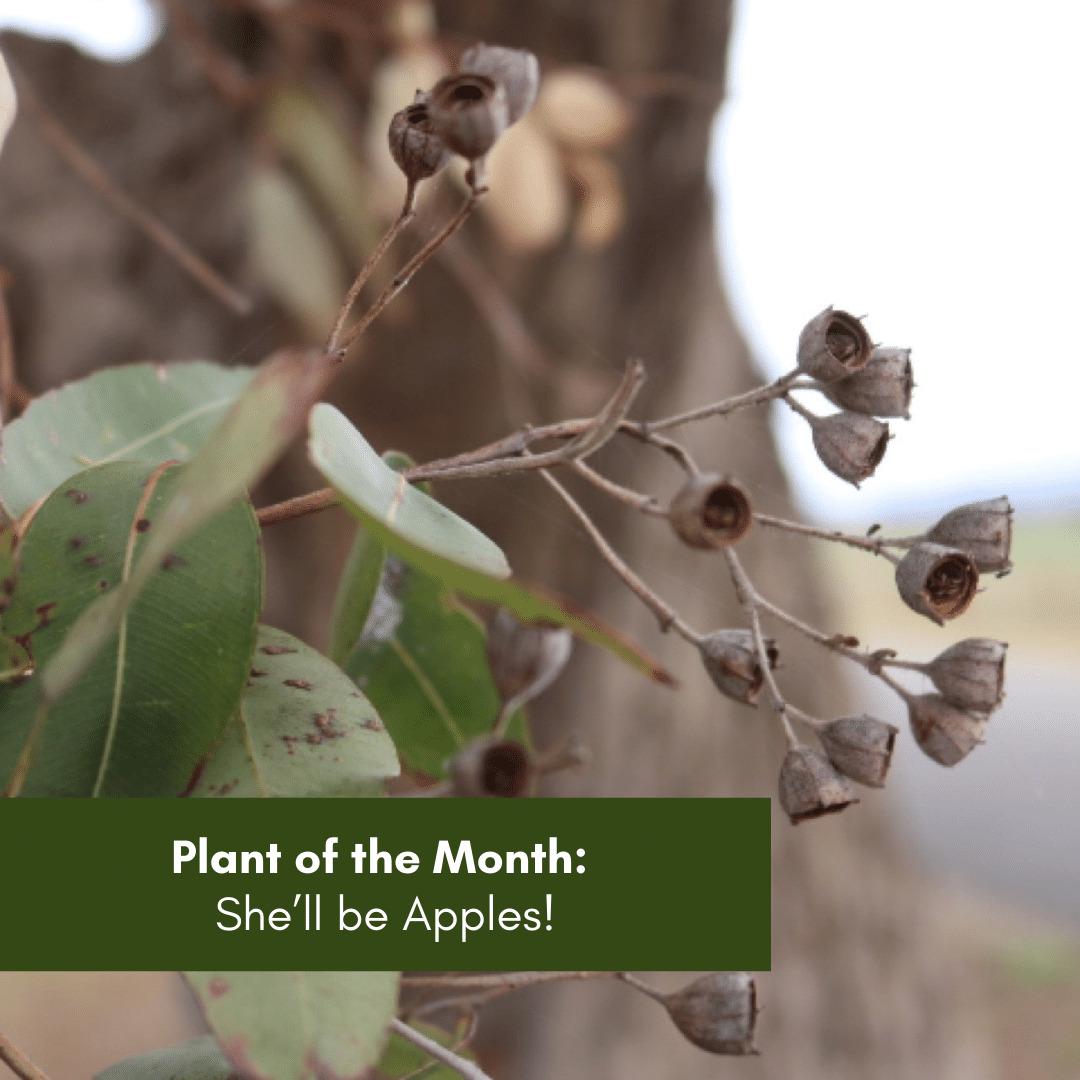Within the Eucalypts and close relatives the common names of many of the groups do make a bit of sense, Ironbarks, Stringybarks, Boxes are all named for their bark, the Bloodwoods are so named for the large amount of sap they produce but what about these things called “Apples”?
Seems a strange name, they don’t produce an edible fruit but in the early days of the colony when in flower they were said to resemble flowering apple trees and that name stuck.
While very closely related to the Eucalypts the Apples belong to a separate Genus, the Angophoras. Angophoras are distinguished from the Eucalyptus by having opposite leaves (with the exception of a few of the ironbarks), ribbed fruit and generally gnarly branches.
While not highly regarded for their timber it has been used for butchers blocks and stumps for blacksmiths, with the timber being difficult to split and in the case of butchers blocks the chopping marks close up overnight after washing down with water.
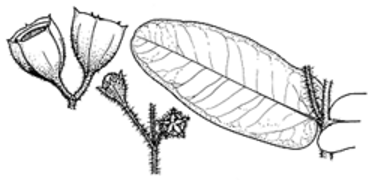
Images from plantnet.rbgsyd.nsw.gov.au
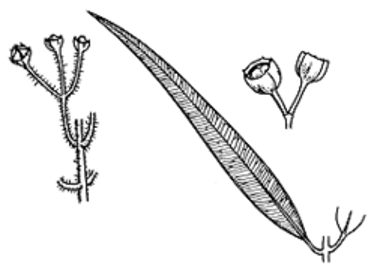
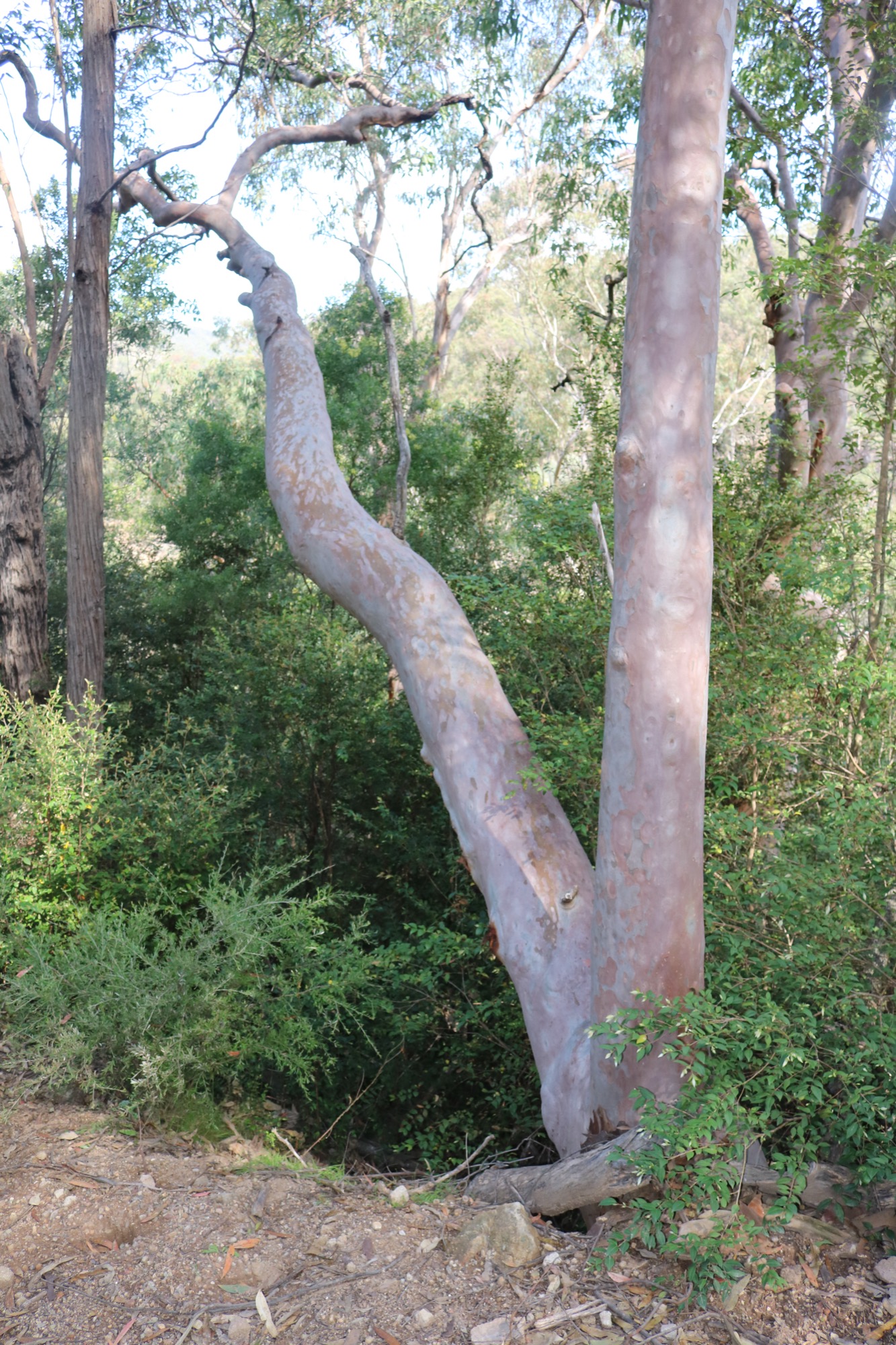
Angophora costata trunk
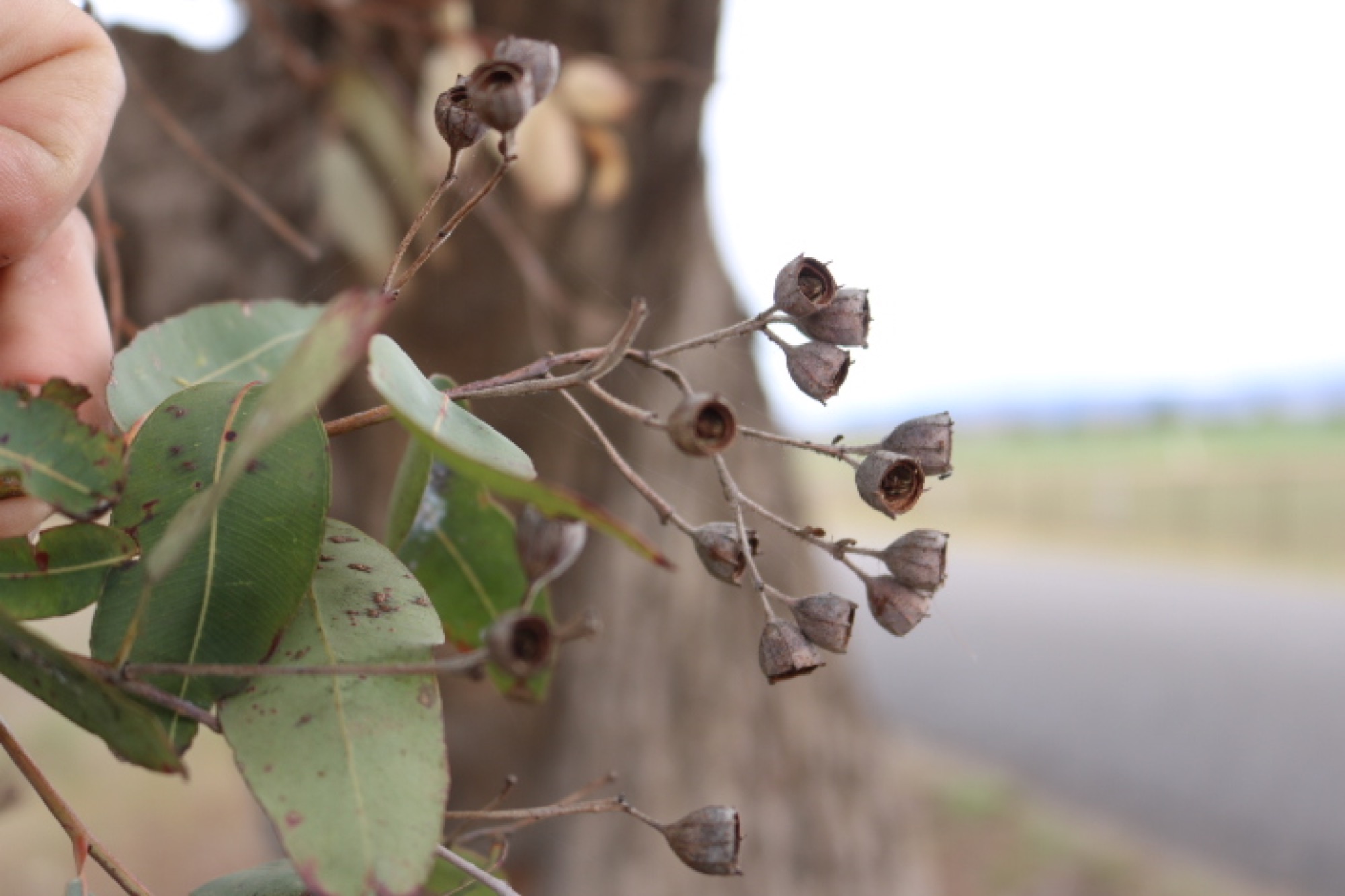
Angophora floribunda leaves and fruit
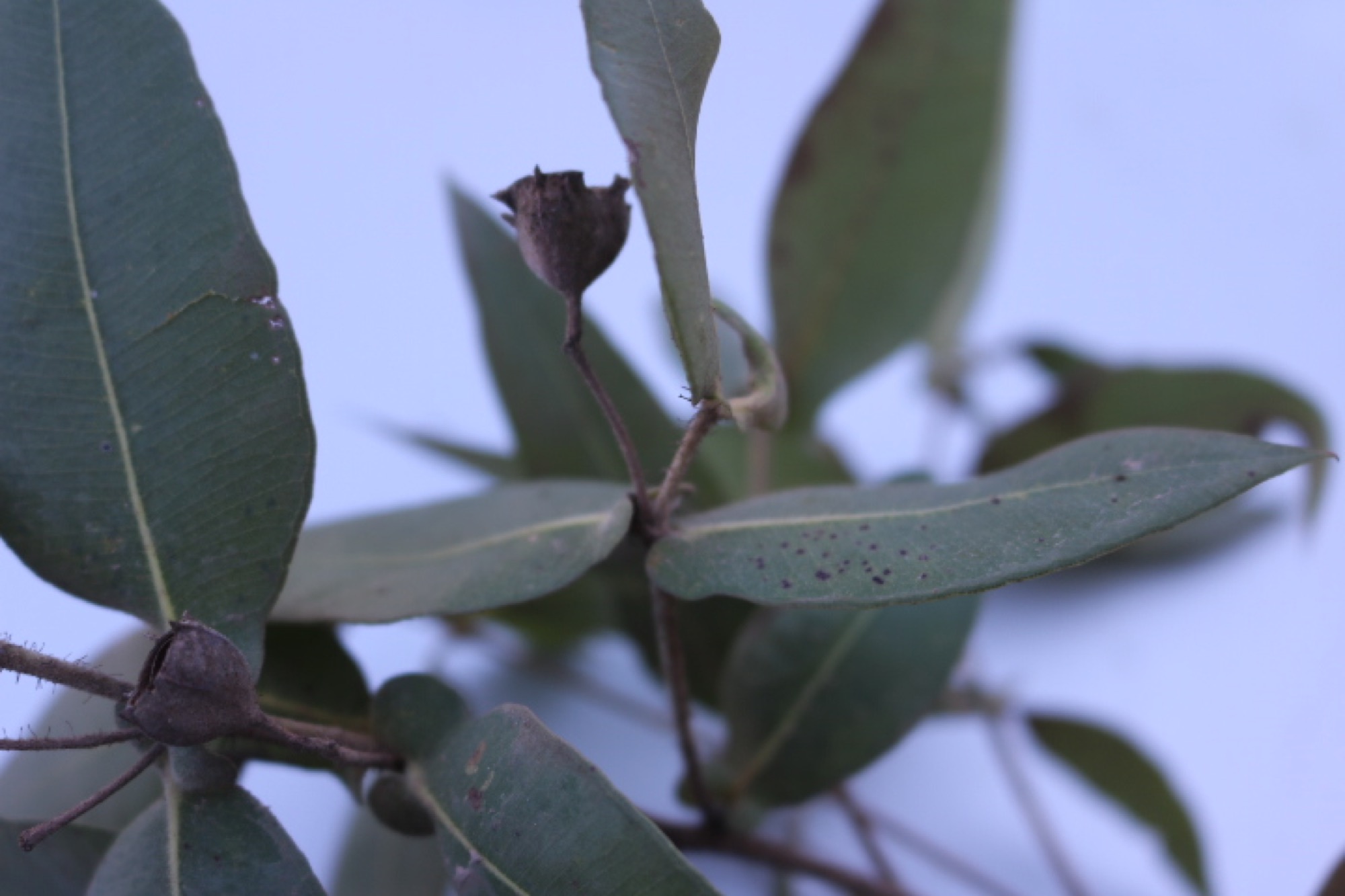
Angophora subvelutina leaves and fruit
Key to the Hunter’s Angophoras
- Bark smooth 2
1* Bark rough 3
- Fruits (“gumnuts”) without bristly hairs less than 15 mm diameter
Angophora costata subsp. costata Smooth Barked Apple
2* Fruits with bristly hairs larger than 15mm
Angophora costata subsp. euryphylla
Bark persistent (rough) on trunk
- Mallee or small trees to 10m 4
3* Tree greater than 10m 6
- Leaf base cordate (lacking petiole), generally a mallee
Angophora hispida Dwarf Apple
4* Leaf base with petiole (petiolate) 5
- Adult leaves lanceolate, 6–10 cm long, 0.5–1.0 cm wide,
Angophora bakeri Small Leaf Apple
5* Adult leaves lanceolate to broad-lanceolate, 4–11 cm long, 0.8–2.6 cm wide (generally south from Charmhaven though some recorded from around the Port Stephens area)
Angophora inopina Charmhaven Apple
Tall tree
6 Adult leaf base cordate
Angophora subvelutina Broad Leaf Apple
6* Adult leaf base petiolate
Angophora floribunda Rough Barked Apple

